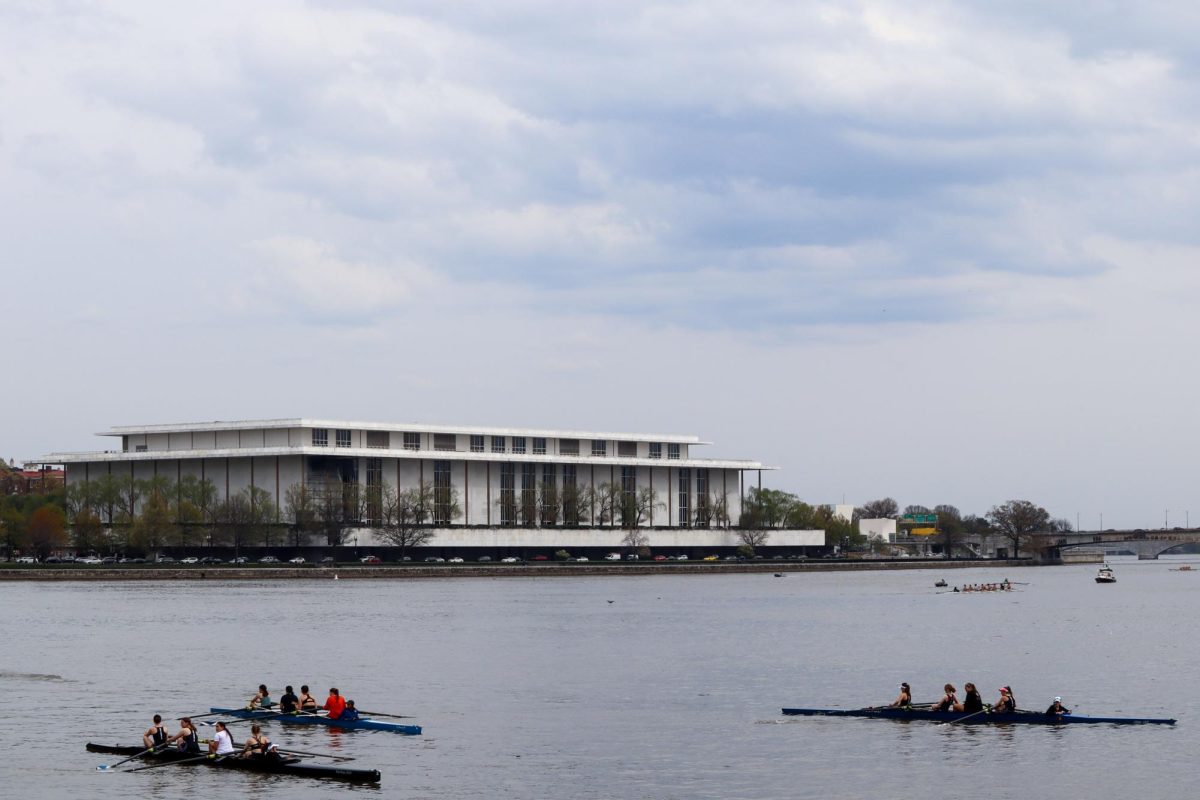The National Capital Planning Commission reiterated their commitment to reconfiguring major roadways between the Kennedy Center and Foggy Bottom at a meeting last week.
During the conversation April 4, Senior Planner Matthew Flis discussed the urban planning and discussion concerning the area around the Kennedy Center within the last year, including a report released in February calling for the formation of a Kennedy Center Cultural District, which would help facilitate proposed land use changes. D.C. architectural group AIA/DC conducted pro bono design explorations for the area, including the addition of a deck above the highway to improve connectivity in the Foggy Bottom region surrounding the I-66 freeway.
The proposal would add about 27 acres of usable park space to the area, including dedicated park space between GW’s Foggy Bottom campus and the Kennedy Center. The proposal would also eliminate highway tunnels and ramps near E Street to add more continuous open space.
The proposal also includes the addition of the National Desert Storm and Desert Shield Memorial at the corner of Constitution Avenue and 23rd Street.
The proposal would redirect traffic around Benito Juárez Circle at the intersection of Virginia and New Hampshire avenues, transforming the circle into a green space and pedestrian-friendly area. The design also aims to convert the service road in front of the Watergate complex into a pedestrian walkway.
“We’re excited about the work that’s completed,” Flis said.
NCPC commissioners stressed the importance of integrating the future of the Kennedy Center into ongoing planning projects to ensure the space’s continuity. Commissioner Mina Wright said the design and planning of highways has historically prioritized the needs of vehicles over the safety and convenience of pedestrians and cyclists.
“All they were thinking about was traffic and speed,” Wright said.





